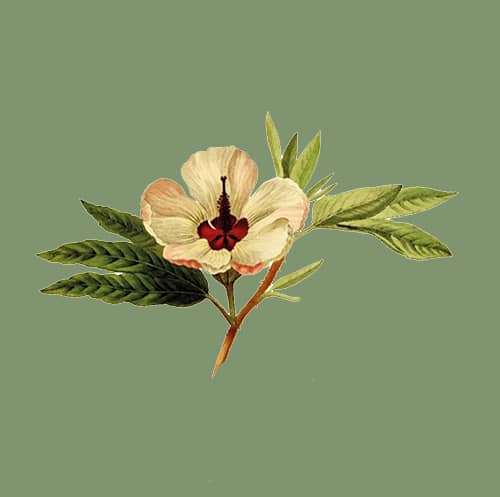Like bouquets of fallen stars in the flowerbed, astrantias are an early summer perennial that will add intricate detail to any garden.
Astrantias are little-known members of the Apiaceae family, alongside carrots, celery and parsley.
You may have also seen them named Hattie’s Pincushion, due to their structure of many tiny, upwards shooting flowers. This summer bloom blossoms in a variety of colours, from deep reds and purples to more ethereal whites, creams and pinks.
Originating from woodlands, these perennials are a great addition to borders that sit in partial shade. The small clusters of delicate flowers will add an eye-catching element to your summer bed. Astrantias emerge through the foliage on their tall, wiry stems – usually reaching heights of 1-2 feet!
When and where to plant:
Astrantias thrive in moist, nutritious soil, and are happiest in dappled shade. As a result, they make an excellent mid border plant. Place them next to shrubs where they will enjoy the shade provided.
Best planted in spring, astrantias will start flowering after about three months, normally lasting from July through to September with good care. They can also be planted in autumn; keep the soil moist and place them in a partially shaded spot, and flowers should appear after 6-9 months.
Tolerance and resistance:
Astrantias can tolerate drier soils, but make sure to mulch regularly in this case to avoid it becoming too parched, especially if positioned in a particularly hot location. Some varieties, such as the Astrantia ‘Buckland’, can withstand a drier soil, so this is worth checking before you plant.
Astrantias self-seed quite happily, and deadheading regularly will prevent spreading. Doing so will also facilitate further flowering. Alternatively, you may want to cut the stems earlier, as Astrantias look beautiful when arranged in an indoors vase, and will last well. However, keep them out of reach of pets, as parts of the flower are toxic to cats and dogs.

Wildlife:
Astrantias are ideal for attracting bees and butterflies, as the flowers are full of pollen. Consequently, this will improve the biodiversity of your garden – which can only be a good thing!
As an added bonus, their leaves will be left alone by snails and slugs.
Take care to plant them in areas that pets cannot access: as mentioned above, astrantias are toxic.
Curious cuttings:
Astrantias are aptly named: ‘Aster’ means ‘Star’ in Latin, reflective of the flowerhead’s starry shape.
Historically, astrantias have been used for their traditional healing properties, treating a range of ailments including toothache, infection, and heart failure. We don’t suggest trying any of these remedies at home, though!
Astrantias come in over 50 cultivated varieties, and many different colours with distinctive characteristics. Some of our favourites include: Astrantia ‘Penny Pink’, Astrantia ‘Superstar’, and Astrantia ‘Roma’.
Discover more plants that are glorious in the garden and outdoor living inspiration by browsing our stories.


